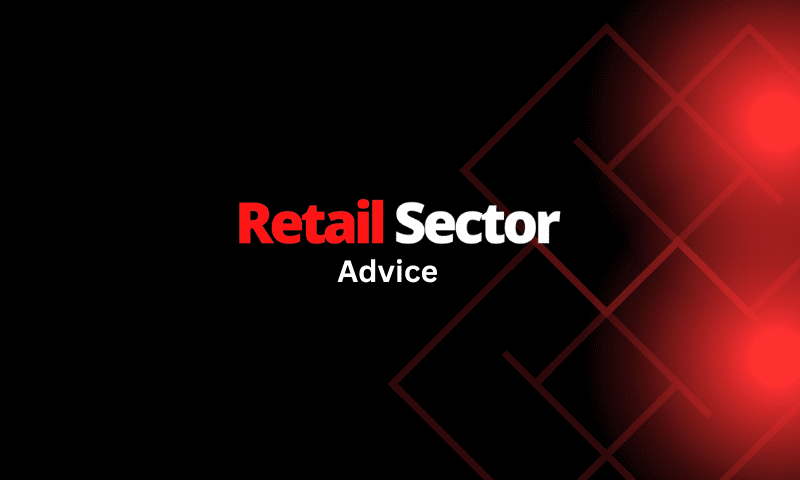Managing retail cash flow and finances: A comprehensive guide for retailers
Effective cash flow and financial management are critical components of a retailer's success. While offering quality products and exceptional customer service is crucial, the financial health of your business ultimately determines its long-term sustainability. In this comprehensive guide, we will explore key strategies and best practices for retailers to manage cash flow and finances efficiently.

- Create a detailed budget – The foundation of sound financial management is a well-crafted budget. Develop a comprehensive budget that outlines your projected income, expenses, and profits. Regularly review and update this budget to reflect changes in your business operations.
Manage inventory effectively – Excessive inventory ties up cash and can lead to cash flow problems. Implement inventory management systems to optimise stock levels. Monitor your best-selling and slow-moving items to adjust your purchasing accordingly. Consider using just-in-time inventory to reduce carrying costs. - Negotiate supplier terms – Negotiate favorable terms with your suppliers, such as extended payment terms or early payment discounts. This flexibility can help you manage your cash flow more effectively. Additionally, explore bulk purchase discounts and consignment arrangements to lower procurement costs.
- Monitor accounts receivable – Keep a close eye on your accounts receivable to ensure timely payments from customers. Implement clear invoicing procedures and follow up on overdue payments promptly. Consider offering incentives for early payments to improve cash flow.
- Control expenses – Regularly review your expenses and identify areas where you can cut costs without compromising quality or customer service. Streamline processes, negotiate lower prices with vendors, and consider energy-efficient technologies to reduce overhead.
- Build a cash reserve – Establishing a cash reserve is crucial for managing unexpected expenses or downturns in your business. Aim to set aside a portion of your profits as a rainy-day fund. This reserve can also be used to seize growth opportunities when they arise.
- Implement profit margin analysis – Analyse your product lines and identify which items generate the highest profit margins. Focus your efforts on promoting and selling these products. This approach allows you to maximise profitability without increasing sales volume.
- Invest in technology – Invest in accounting software and point-of-sale systems that can help you track income and expenses efficiently. These tools provide real-time insights into your financial health and simplify record-keeping.
- Monitor key performance indicators (KPIs) – Track important KPIs, such as gross margin, inventory turnover, and return on investment (ROI). Regularly review these metrics to gauge the financial health of your retail business and identify areas for improvement.
- Seek professional advice – Consider hiring a financial advisor or accountant with experience in retail to provide guidance on financial management. They can help you create financial forecasts, develop tax strategies, and make informed financial decisions.
- Plan for seasonal variations – If your retail business experiences seasonal fluctuations in sales, plan accordingly. Build cash reserves during peak seasons to cover expenses during slower periods. Implement marketing and promotional strategies to boost off-season sales.
- Manage Debt Wisely – If you have loans or lines of credit, manage them prudently. Make regular payments and prioritise high-interest debt. Refinance loans if you can secure better terms and lower interest rates.
Effective cash flow and financial management are the lifeblood of a successful retail business. By implementing these strategies and best practices, retailers can ensure the stability and longevity of their enterprises. Regularly reviewing budgets, monitoring expenses, optimising inventory, and seeking professional advice are essential steps toward achieving financial health. Ultimately, a well-managed financial strategy allows retailers to navigate challenges, seize opportunities, and thrive in the ever-evolving retail landscape.







